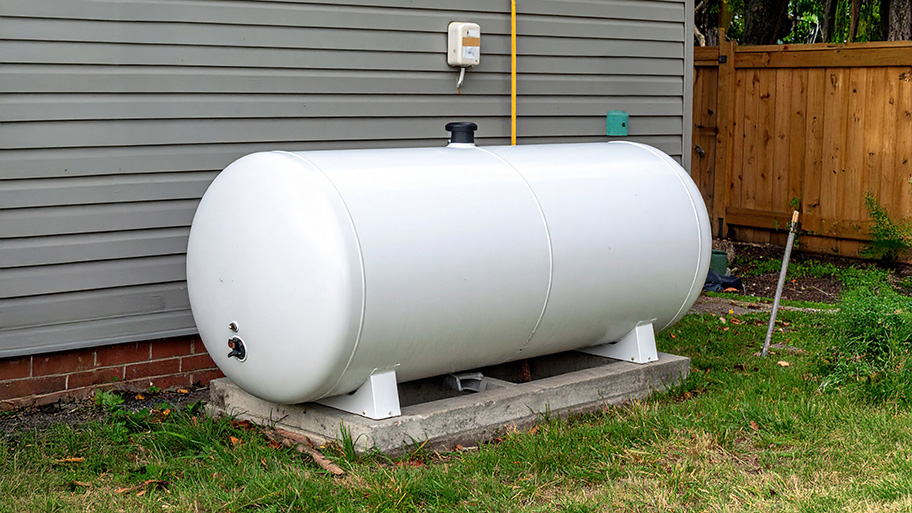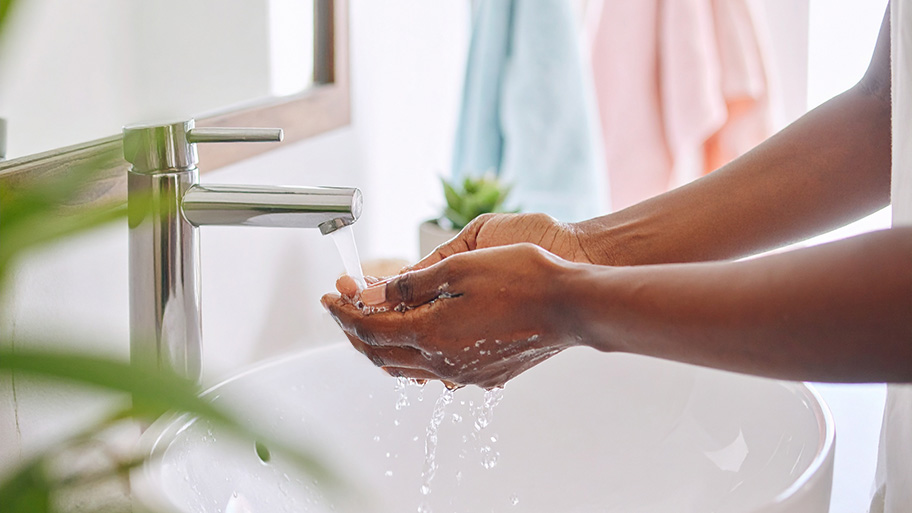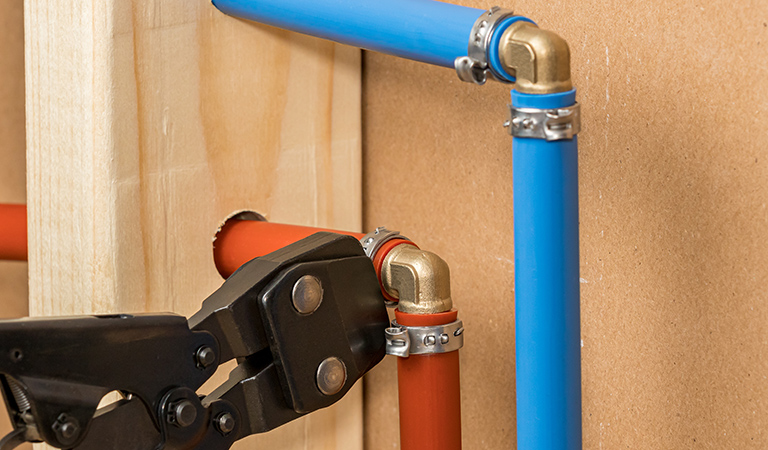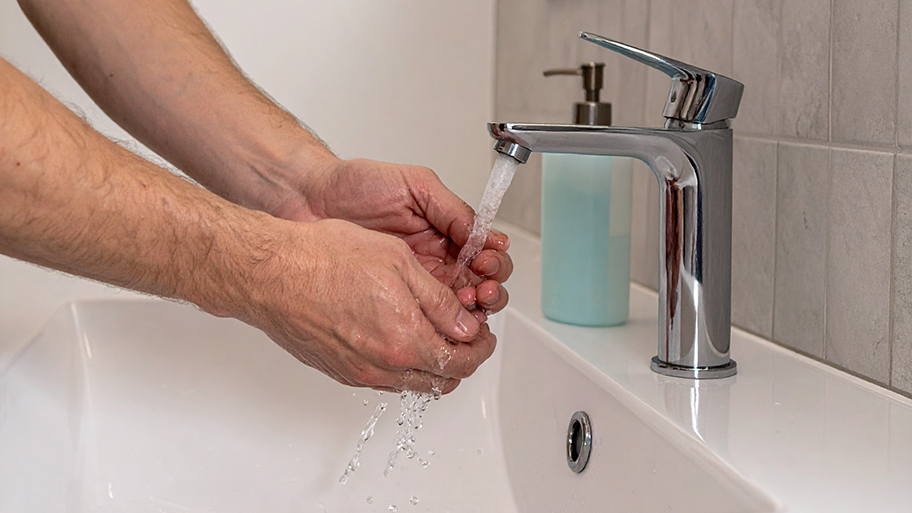
This guide to toilet installation cost covers what you can expect to pay when adding a new toilet to an existing or new bathroom.
Don’t leave your spigots out in the cold this winter


When it comes to winterizing your home, you probably already take the time to insulate pipes around the garage, turn on the bathtub faucet to drip before a forecasted overnight freeze, and open up cabinets for better warm air circulation. But what about your outdoor faucets? Even freeze-proof faucets are vulnerable to frosty weather, so don’t skip out on learning how to insulate outdoor faucets.
You should winterize your pipes before temperatures regularly drop to 32 degrees Fahrenheit. Depending on where you live, this could start as early as September.
First, to protect outdoor faucets from freezing, you’ll want to check how many outdoor faucets you have so that you can buy the correct number of insulation covers. Then, either head to a local home improvement store or browse online to find the insulation products. One of the easiest and most effective options is a foam insulation cover, but you may also find flexible faucet covers made from waterproof fabric like nylon. Both options may cost about $5 to $10 apiece, so even if you have a few faucets around the house, this DIY project usually costs under $50.

You’ll need to turn off the water supply to your outdoor faucets before you can drain and cover them for winter. The shut-off valve is typically kept somewhere warm where it won’t freeze. Look inside your home in utility closets, a basement, or a crawlspace to find the water shut-off valve for your outdoor faucets.
The shut-off valve that supplies water to the outdoor faucets typically has a round, wheel-shaped handle, although it could also have a lever handle. Turn the round shut-off valve clockwise until it stops to turn off the water, or turn the lever handle until it is perpendicular to the water supply line.
If you can’t find the water shut-off valve to your outdoor faucets, call a plumber to help you.
Your outdoor faucets may be attached to a garden hose or other attachments, like a hose extender or a hose stand. Remove the hose or other accessories, and let them drip to release any extra water. These accessories shouldn’t be threaded on too tightly, but if you have trouble, you can use a wrench to twist them off. Store these parts away somewhere dry for winter, like a garden shed or garage.

Now, it’s time to drain the excess water from your outdoor faucets. With the water shut off, turn the handle of each outdoor faucet to the left to open it. Keep a bucket underneath to catch any water. Leave the faucets open for about three hours, which gives them time to release any water left over in the pipes before moving on. You can leave the faucets open all winter.
Although you do still want to cover freeze-proof faucets with an insulation product, this faucet type shouldn’t require draining. Consider keeping it open to help avoid pressure buildups over winter, but you don’t need to wait three hours to let the faucet drain. If you have a freeze-proof outdoor faucet, feel free to move on to the next step.
Before you cover the faucet for winter, now is also a great time to check for damage and make repairs so that the faucet is ready to go when it’s time to start spring gardening. If you notice leaks, cracks, corrosion, or other damage, hire a plumber near you to make repairs before you cover the faucet for winter.

If you have a foam cover, stretch the rubber loop, which you’ll find inside the cover around the back of the faucet where it meets the wall. Then, place the cover over the faucet. The rubber loop has a string that comes out of the top of the cover. Pull the rubber string to tighten the cover against the wall.
If you have a flexible cover, it will look like a small drawstring pouch. Place the opening of the cover around the faucet, then pull tight on the drawstring to close it. Repeat for each outdoor faucet around your home. Just remember to turn off each faucet before turning the water supply on and before attaching a hose or turning on the sprinkler system in the spring.
Learning how to insulate an outdoor faucet is a great DIY project, even for beginners. Covers usually cost about $5 to $10 each, and you only need a couple of tools that many people already have at home.
The most difficult part of insulating an outdoor faucet is often finding the right water shut-off valve and inspecting and repairing any damaged faucets. If you need help with either of these tasks, it’s best to leave it to a plumber to avoid costly water damage. Hiring a plumber costs about $50 to $200 per hour.
From average costs to expert advice, get all the answers you need to get your job done.

This guide to toilet installation cost covers what you can expect to pay when adding a new toilet to an existing or new bathroom.

The average propane tank costs between $600 and $2,500, depending on the size, location, and more. Our expert guide explores all the factors.

A burst pipe is a homeowner’s worst nightmare—but you can get ahead of the potential expense. This guide will help you budget for burst pipe repair costs.

Plumbing a bathroom starts with knowing the steps for a successful DIY project. Follow this guide to learn how to plumb a bathroom yourself.

Discover the average plumbing stack replacement cost, key price factors, and expert tips to help you budget for your home’s plumbing upgrade.

Replacing or upgrading plumbing in your home? Make sure you know how to measure pipe size accurately to avoid buying the wrong materials.